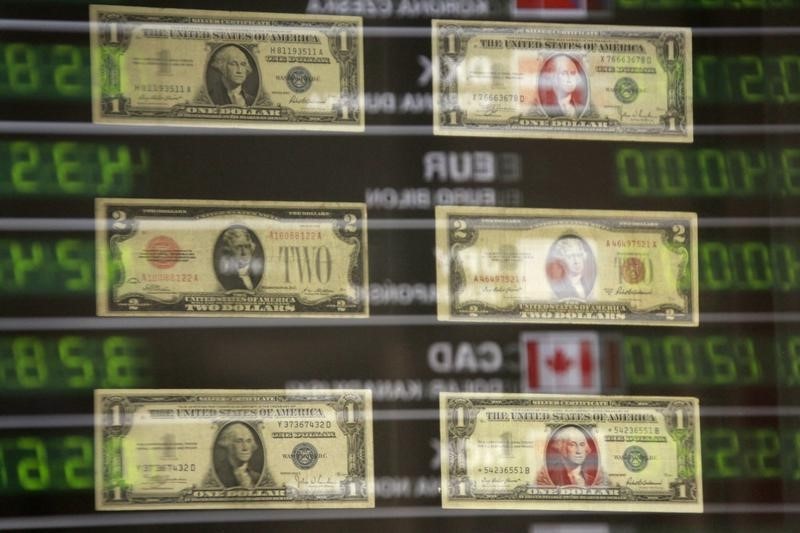By Wayne Cole
SYDNEY, May 10 (Reuters) - The Australian and New Zealand dollars inched ahead on Friday as investors dared to hope the Sino-U.S. trade standoff would somehow be resolved even as higher tariffs seemed inevitable.
The Aussie also weathered a dovish policy outlook from the Reserve Bank of Australia (RBA), which signalled lower interest rates might be needed to get the jobless rate down further.
The central bank also cut its forecasts for economic growth and inflation, citing a weak housing market and subdued consumer spending as major drags. reiterate our new base case, which is the Bank delivers 25 basis-point cuts in both August and November to 1%," said Annette Beacher, chief Asia-Pacific macro strategist at TD Securities.
"The RBA will still be monitoring monthly updates of the unemployment rate, but at this stage setting up for a cut in August. However, should the labour market rapidly deteriorate, the first cut could be brought forward to July."
The Aussie dollar AUD=D3 was still trading 0.2% firmer at $0.7004, in part because the market has already priced in almost two rate cuts for this year.
Futures 0#YIB: imply a 90% chance of a quarter-point cut in the 1.5% cash rate by August, and a 66% probability of a further move to 1% by December.
Yields on three-year bonds AU3YT=RR are likewise well below the cash rate at 1.280% and only just above their all-time trough. Bond futures held near record highs, with the three-year contract YTTc1 steady at 98.745 and the 10-year off one tick at 98.2650.
The New Zealand dollar NZD=D3 was hanging on at $0.6595, having already absorbed one rate cut. It was off 0.7% for the week so far, but up from the $0.6525 low hit after the Reserve Bank of New Zealand (RBNZ) first announced its easing.
The central bank blunted the blow a little by saying rates were now more balanced, suggesting it was in no hurry to follow with another easing.
That left two-year yields NZ2YT=RR at 1.44%, up from an all-time low of 1.338% touched on Wednesday.
"The RBNZ itself is 50/50 on whether another rate cut will be required, meaning some form of downside surprise would be required to actually prompt a cut," said Dominick Stephens, chief economist for NZ at Westpac.
"At this stage, we don't think there is a high likelihood of that happening."
Overshadowing domestic policy was the showdown in Washington where U.S. Trade Representative Robert Lighthizer and U.S. Treasury Secretary Steven Mnuchin were to hold a second day of talks with Chinese Vice Premier Liu He. they get back around the table, the United States will have increased duties on $200 billion of Chinese goods to 25 percent from 10 percent. The duties are due to apply from 12:01 a.m. EDT (0401 GMT) Friday. (Editing by Richard Borsuk)
